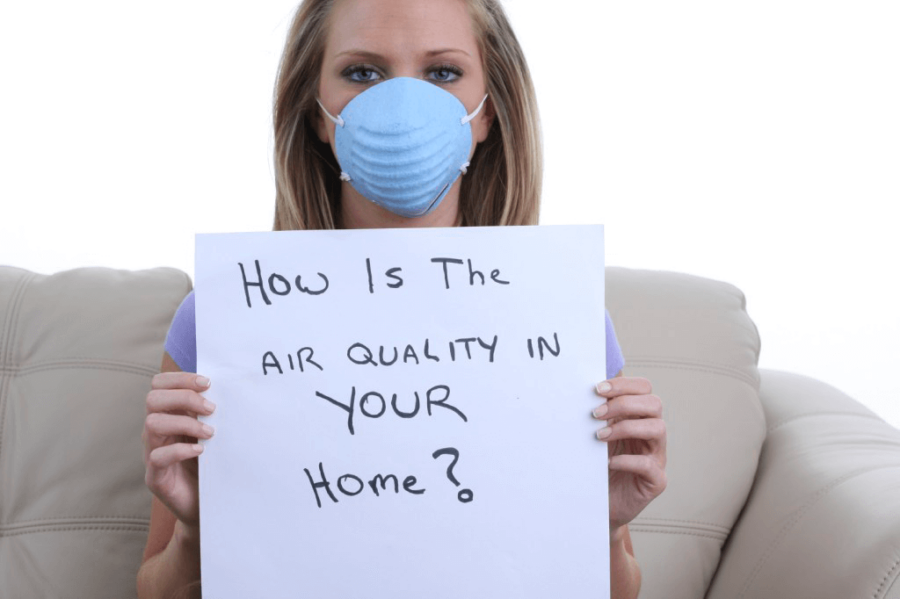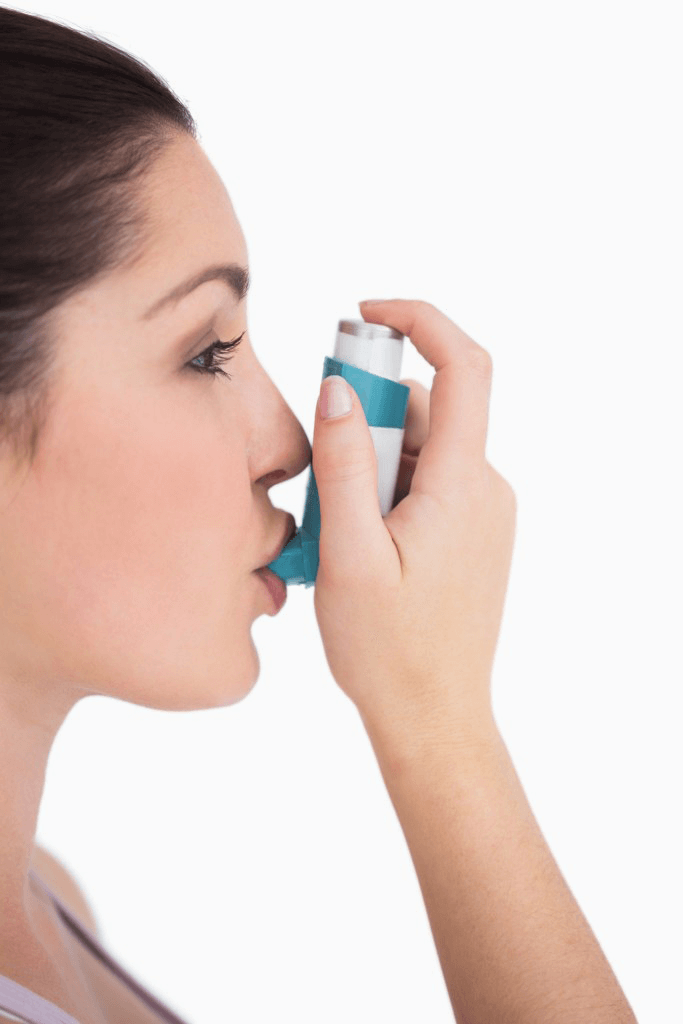Our furry friends have an amazing sense of smell. They have around 300 million olfactory receptors in their noses, while us humans have up to six million. While having a bionic sense of smell is amazing, it also has a downside. Usually, when we think about air pollution, we only consider how it affects humans. But with their sensitive sense of smell, our pets can suffer more than we know.
Sources of Indoor Air Pollution in the Home
We take good care of our home. But no matter how squeakily clean we keep it, many things contribute to indoor air pollution. Window and floor coverings, cleaning products, and tobacco smoke are among the most common sources of indoor air pollution. Even things that we think clean the air can do more harm than good, such as ozone-generating air purifiers and air fresheners.
For humans, air pollution can affect us in many ways. For those who suffer respiratory illnesses such as asthma and bronchitis, their symptoms worsen due to air pollution.
However, our pets are also affected, and sometimes we might not even know it. For example, cats that are exposed to secondhand smoke indoors have weaker lungs compared to cats that live in smoke-free homes. In another study, researchers also found that cleaning products we use at home can cause lung and nasal cancer in dogs.
Protect Your Pets
The good news is that there’s something we can do. It’s all about keeping the air clean.
Here’s how:
- Vacuum regularly. This not only removes pet hair from our carpets, but it also gets rid of pollutants, dust in particular.
- Choose safer cleaning products. Try to use natural cleaning products as often as possible – such as baking soda and vinegar – and carefully read the labels of products you’re buying from the grocery store.
- Choose safe pet products.
- Change air filters regularly.
- And of course, don’t smoke indoors!
How uHoo Can Help
The tricky thing about air is that you can’t see it, which means you can’t measure it. So how do you know if your air quality at home is good? How do you know if it’s safe from toxins?
With today’s technology, you don’t have to worry. One way you can ensure the air in your home is safe and healthy is to install an indoor air quality sensor such as uHoo. uHoo keeps tab of the air in your home with its state-of-the-art sensors. It can detect carbon dioxide, VOCs (volatile organic compounds) or airborne chemicals, and dust (up to PM2.5) among others. It’s also connected to a smartphone app where you’ll receive alerts, so you know when you need to take action and keep your home safe.







